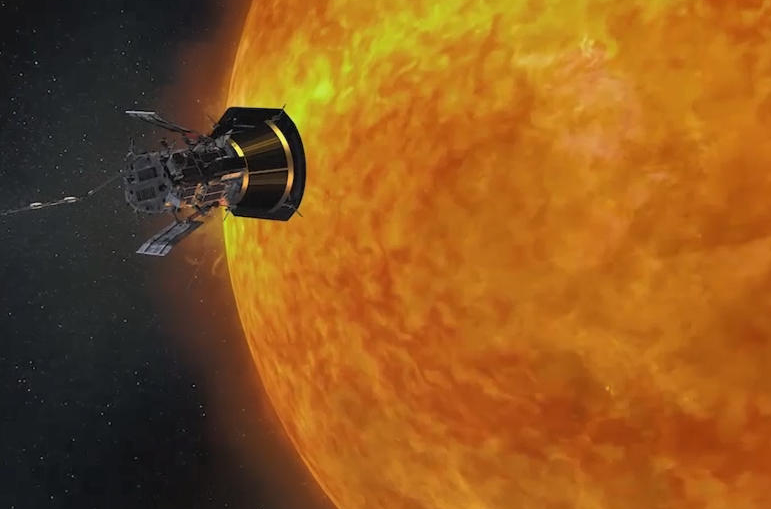The American Parker solar probe flew through the Sun’s coronal mass ejection (CME) in September 2022 and helped researchers collect data on the interaction of solar plasma with interplanetary dust.
The CME through which Parker flew turned out to be the most powerful ever recorded – for the first time ever, the probe was able to record the interaction of stellar matter with interplanetary dust and solid particles flying in space. Based on data from the device, scientists determined that as a result of the ejection, interplanetary dust was destroyed at a distance of 9.66 million km from the Sun. For a short time this space remained empty, but then the dust filled it again.
Parker’s WISPR (Wide Field Imagery for Solar Probe) camera captured the spacecraft’s event: a seemingly serene space suddenly filled with bright light and then cut by dust particles.
The Parker space probe was launched in August 2018 and now orbits the Sun, crossing the orbits of Venus and Mercury. Parker made its first approach to the solar corona in 2021 and last summer helped observe the solar wind. In fact, it was named after the physicist and astronomer Eugene Parker, who studied the solar wind.

THE NAIS IS OFFICIAL EDITOR ON NAIS NEWS

